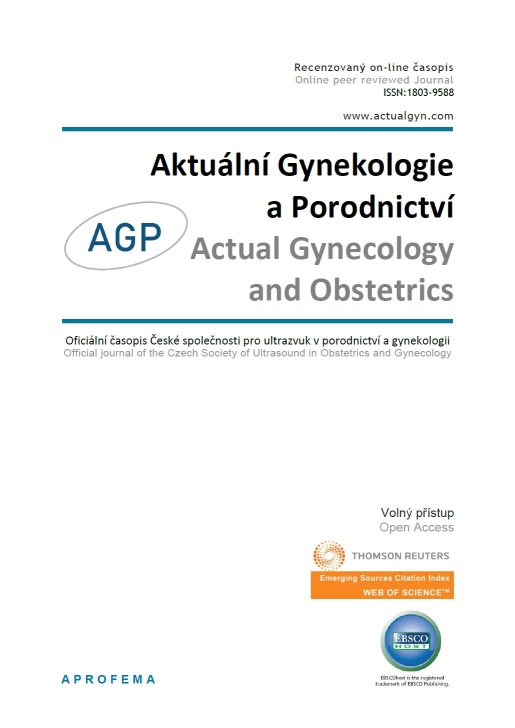











 Official publication of the Czech Society of Ultrasound in Obstetrics and Gynecology.
Official publication of the Czech Society of Ultrasound in Obstetrics and Gynecology.

Introduction and objectives: Retrospective analysis of the frequency and sex ratio of children born with diaphragmatic hernia in the Czech Republic in the period 1961–2020.
Material and methodology: In the work, we used data from the National Registry of Congenital Anomalies kept within the National Registry of Reproductive Health at the Institute of Health Information and Statistics of the Czech Republic (ÚZIS ČR) and data from previous grant analyzes by our team. Another data source was prenatal diagnosis data from the Czech Society of Medical Genetics and Genomics for the years 1961 to 2020.
Results: More than 7.5 million children were born in the observed period. From this total number, 1,742 cases of diagnoses were recorded in children born with diaphragmatic hernia, 973 were boys, 758 were girls, and in 11 cases, the gender was unknown/undetermined. Of the total number of children born, 51.22% were boys and 48.78% were girls without diaphragmatic hernia. In the case of children born with a diaphragmatic hernia, there were statistically significantly more boys 56.21% versus 43.79% girls (P<0.001). The representation of boys and girls changes during the observed period, in the first twenty years the predominance of boys over girls was not so pronounced and statistically significant compared to the group without diaphragmatic hernia. The overall incidence of the defect during the monitored period does not have a clear trend of continuous decrease or increase in incidence. We evaluated the influence of prenatal diagnosis on the frequency of the defect in the population after five-year periods. The values of the share of prenatal diagnostics are increasing in the first five five-year periods, only in the last period 2016-2020 has the rise stopped.
Conclusion: The overall incidence of diaphragmatic hernia does not change significantly during the observed period. However, the share of prenatal diagnosis is increasing. The defect occurs more often in boys than in girls, this difference is statistically significant.